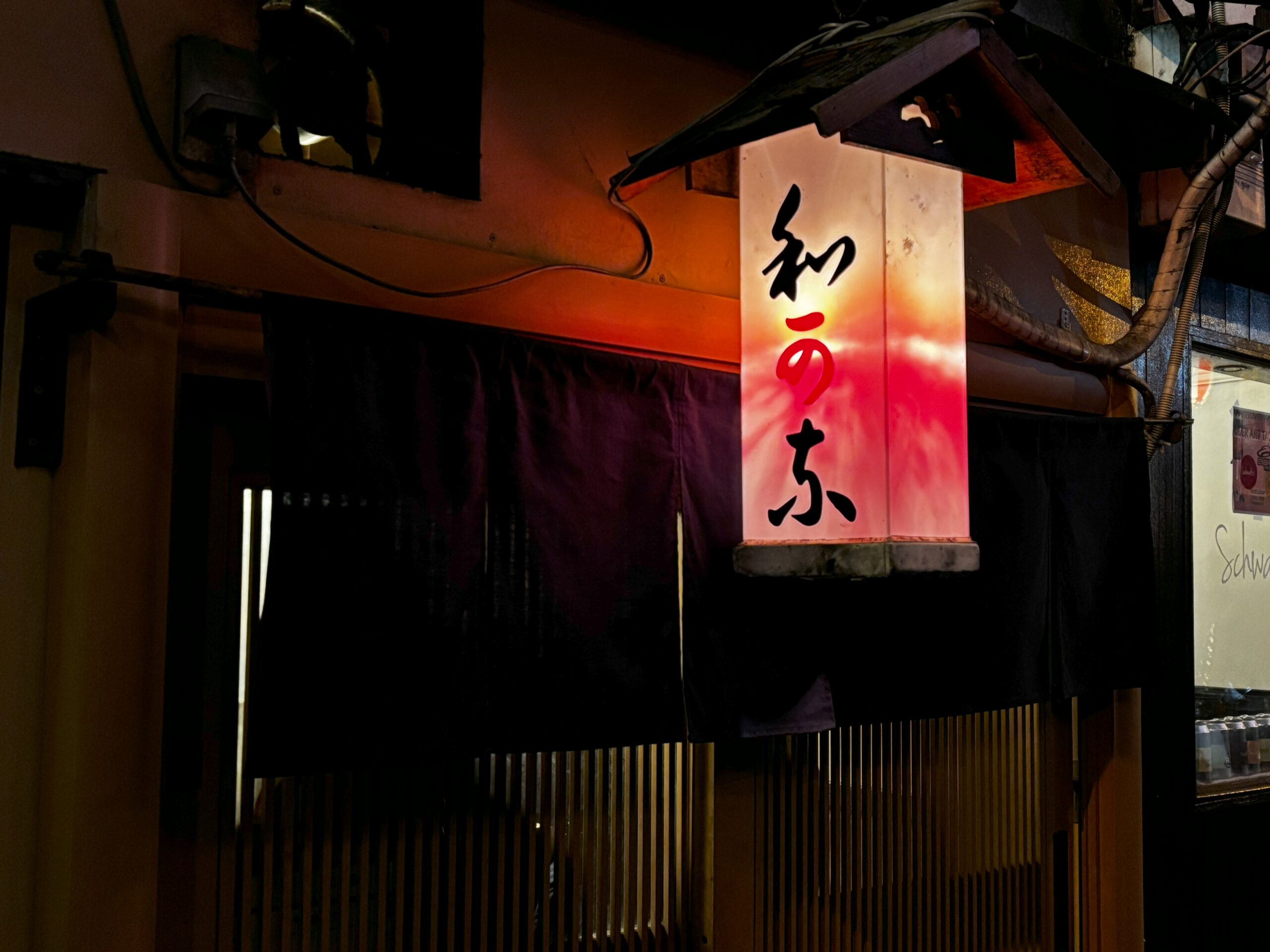Yokohama
Yokohama unfolds like a story where East meets West – an elegant port city shaped by the tides of time.
Once a gateway to the world in the late Edo period, its modern face still echoes the charm of that past. Stroll through Minato Mirai, where the iconic red brick warehouse stands alongside sleek skyscrapers, reflecting the city’s unique cultural mix. Indulge in a steaming bowl of local ramen or explore the vibrant alleyways of Chinatown. For a moment of serenity, step into the timeless beauty of Sankeien Garden, where tradition blooms in every season.











































